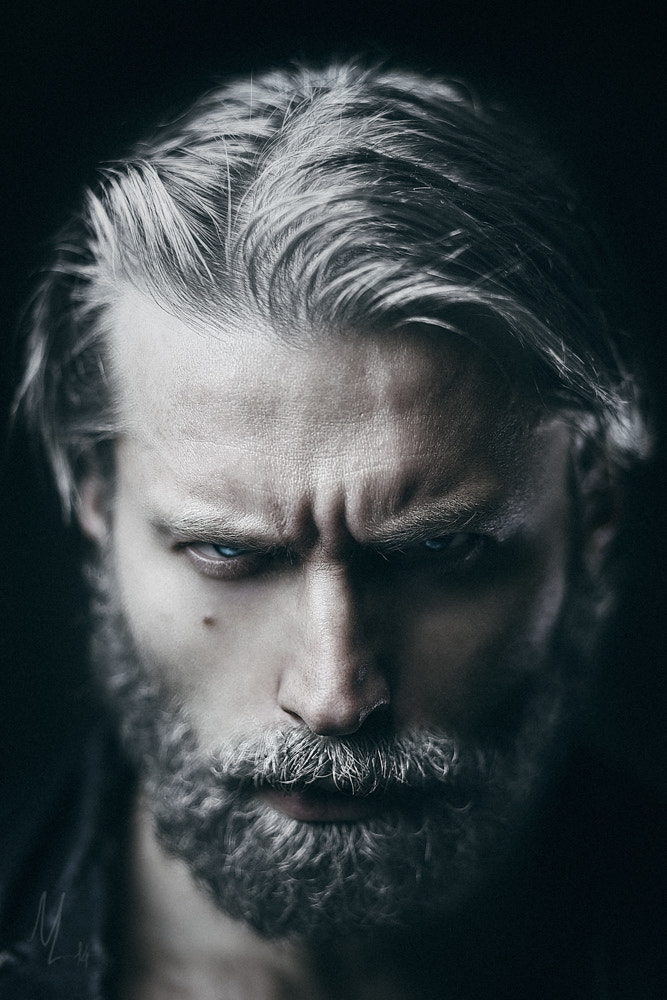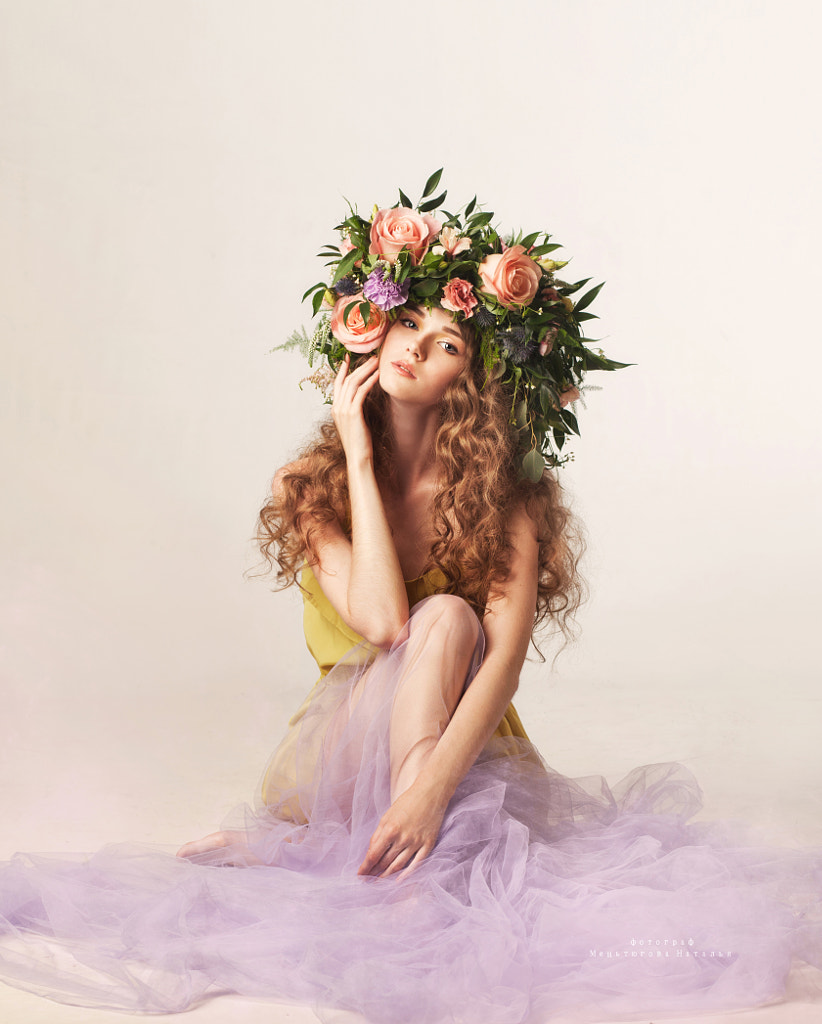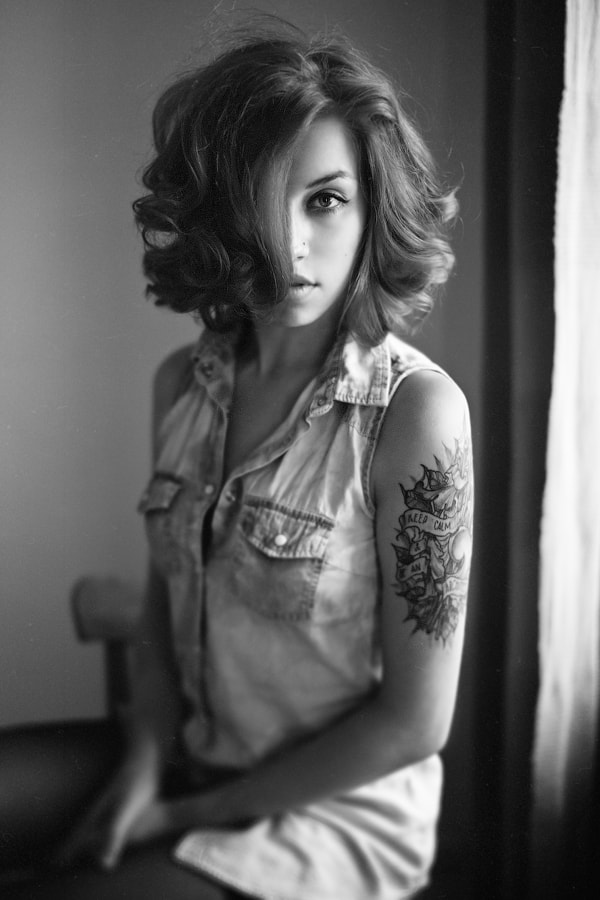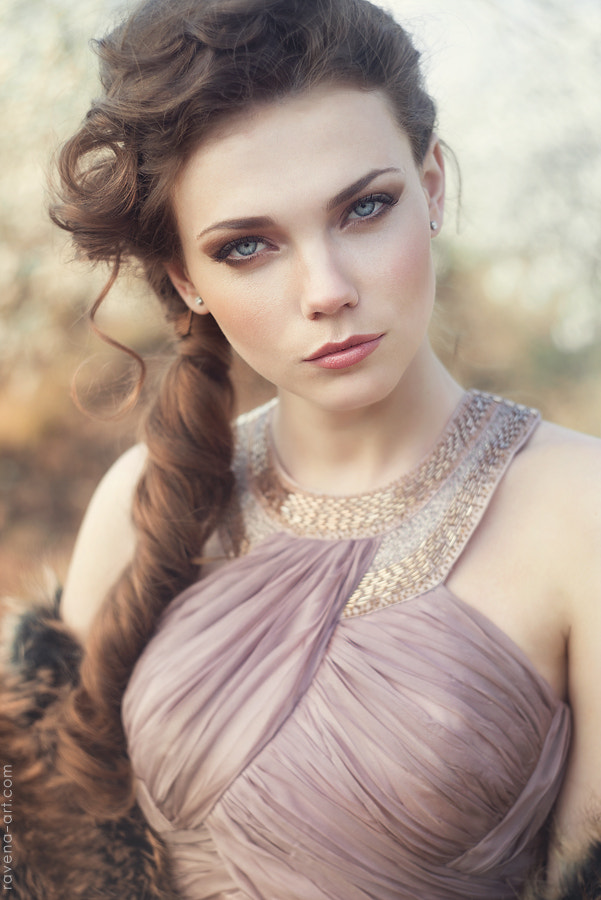Six Tips for Novice Portrait Photographers
If you haven't ventured into portrait photography yet and you're thinking it's a bit of a challenge, you'd be correct. Some photographers start with portraits because they believe that's where the money is - and they wouldn't necessarily be wrong. However, the best portrait photographers are those with the most experience and versatility or those novices who put significant thought and work into getting it right.
Here are some fundamental tips if you're thinking of venturing into portrait photography.
1. Don’t Shoot In Program/Full Auto Mode
Shooting on full Auto or Program mode isn't the best idea. Sure, the later models of iPhone have a great Portrait mode, but we're not talking here about shooting on a phone. The best portraits are shot in manual mode where the photographer has assumed full control of the camera to adjust for background, subject, lighting, etc.
Excellent portrait photography will always need to be taken in manual with the photographer doing the thinking - not the camera. So, if you want to perfect portraits, perfect shooting on manual mode.
A few basics for shooting in manual mode:
Set the ISO as low as possible, adjusting, of course, for lighting.
Next, set the aperture. For a shallow depth of field, which is common with portraits, set to the largest aperture.
Set for exposure. Adjust shutter speed so that it meters in the middle for the right balance of exposure.
TIP: If you're not ready to venture into full auto mode, do as we've suggested in previous posts: set your camera to Aperture Priority. This allows you to set the aperture while the camera does the rest. After some practice on this setting, try your hand at full manual. Remember, a lot of photography is practice, making mistakes, and learning from them.
2. Control your Focus Points
Probably one of the more critical elements with even entry-level cameras today is the numerous autofocus points. For good, crisp portraits, you need to be sure you're using the right focus point, and you'll probably do a better job of picking that point than your camera.
We suggest setting your camera to one focus point, or only use one of the many the camera offers. Usually, focusing on the eyes (or the eye closest to the camera) will give you the best results.
Set your camera to use one focus point, then concentrate on the eye closest to the camera. This allows you to blur the background while ensuring your subject is in focus. Speaking of backgrounds...
3. Don’t Forget the Background
One of the most common mistakes novice photographers, and occasionally professionals, make is to get so wrapped up in the subject that they forget the background. Big no-no! The background can ruin an otherwise great picture. Always keep it in mind when you're setting up your shot and your model.
TIPS:
Consider your background before you set up your model.
Keep it simple. A busy background can distract from the model unless you want it that way.
Pose your model correctly keeping the background and perspective of the shot in mind.
A telephoto lens will blur the background, keeping your model as the center of attention.
If it's a busy background you want to diminish, try shooting from a different angle, especially if you don't have the right lens with you.
4. Break the Rules
Like with any other genre of photography, sometimes a great picture is the result of breaking all of the "rules" including important technical ones. So, while we've offered four great tips, feel free to break the rules and experiment with your portraits. Just remember that you have a model sitting there waiting for you to finish!
Our recommendation is always to try a few shots where you follow the rules and then depart from that and unleash your creative side. You never know what you're going to end up with! How do you do that? Change your settings, lens, lighting, backgrounds, etc. Whatever it takes to try something different.
5. Build Relationships
Don't forget that the best portrait photographers typically have working relationships with their models. They know them or take the time to get to know them before the shoot begins.
The more comfortable your model is with you and the camera, the more relaxed they will be, and the better the portraits can turn out. Talk to them before, during, and even after a portrait session. Build relationships with your subjects. You'll see the difference in the portraits themselves.
6. Lightroom Presets
Use professionally designed and hi-quality presets for Lightroom. For example, our Portrait Perfection presets for Lightroom give you everything you need to professionally retouch your portraits in Lightroom.





















